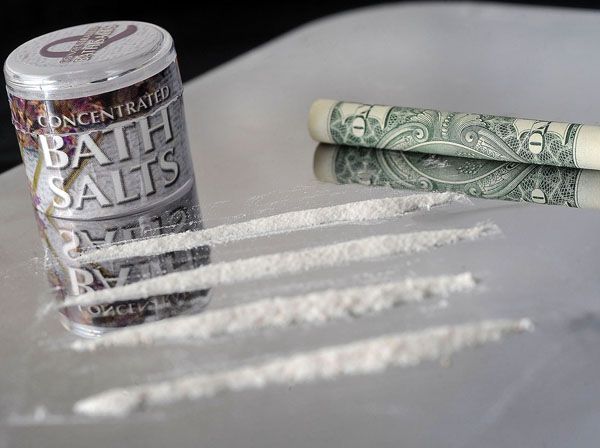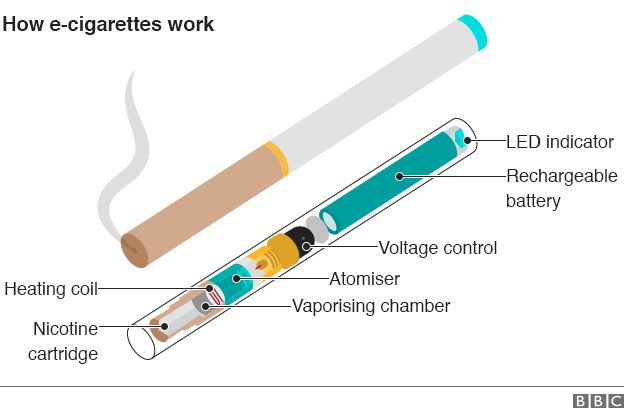The American Association of Poison Control Centers (AAPCC) is the larger umbrella that works with the fifty five poison control centers that are currently in the United States. The website is http://www.aapcc.org and the phone number is 1-800-222-1222.
According to the 2015 Annual Report, there were 560,467 information calls to the AAPCC. The AAPCC made 2,695,699 follow up calls.
Age and Gender Distributions
On page 935, Table 3a shows the gender distributions of human exposures. For males and females, the most exposures were children age one. The second most exposed were children age two.
Chronicity
The chronicity of the exposures was 1,889,845 being acute cases. Acute cases means that is was a single, repeated, or occuring less than eight hours. There were 44,369 chronic cases. Chronic cases means that it is continuious exposures occuring more than eight hours. There were 202,680 acute-to-chronic cases. Acute-to-chronic cases means that it started out as a single exposure which grew to become more than eight hours.
Reasons for Exposure
The reasons for exposure was 78.4% unintentional. It included unintentional general, unintentional therapeutic, and unintentional misuse.
Scenerios
The scenerios for the unintentional therapeutic errors were inadvert doube dosing, wrong medication, incorrect dose, medication taken too close together, and exposure to someone elses medication.
Reason by Age
Although unintentional exposures outnumber intentional exposure, the thirteen to nineteen age group is the only group that intentional exposures outnumber unintentional. Intentional exposures include suicidal intent, intentional misuse, and intentional abuse. Most fatalities were unintentional for children five years and under, while most fatalities were intentional for adults twenty years or older.
Route of exposure
Ingestion was the most common route of exposure. The other routes of exposure were dermal, nasal, and ocular.
Top Substances
On page 942, Table 17a lists the the top substances that are most involved in human exposures. The top substance was analgesic which is painkillers.The other top substanced ordered as household cleaning substances, cosmetic products, and sedative/antipsychotics.
Alerts
There are different alerts put out by the AAPCC on the website to warn people of different dangers of many products in the workplace, household, and general environment. Currently there are seven alerts that are listed below.
Bath Salts
Bath salts are synthetic cathinones. It is an illegal drug that will cause a crazy high. The side effects include violent behavior, hallucinations, delusions, suicidal thoughts, seizures, and vomiting. In 2015, there was 522 exposures.
E-Cigarettes and Liquid Nicotine
E-Cigarette exposures are more dangerous for children. Children who come in contact become very ill, with nausea and vomiting. There were 1,492 reported exposures.
Food and Mushroom Poisoning Recalls
Food poisoning is caused by eating contaminated food. It can occur anywhere but is most commonly occured when food is handled inproperly. Side effects include nausea, vomiting, diarehea, fever, and dehydration. The CDC estimates that about 48 million people get food poisoning in a year.
Hand Sanitizer
Hand sanitizer can cause alcohol poisoning among children. The packaging and smell can entice small children into drinking it. Side effects include vomiting, confusion, and even death.
Laudrey Detergent Packets
Laudrey detergents pods or packets can be very harmful for children. Children do not know the dangers of these products and will foolishly put them in their mouths. Side effects include vomiting, wheezing, and gasping.
Opioid (Narcotic) Pain Medications
Opiods are pain relievers that can only be in the pharmacy. Many people are dependent or abuse these opioids.

